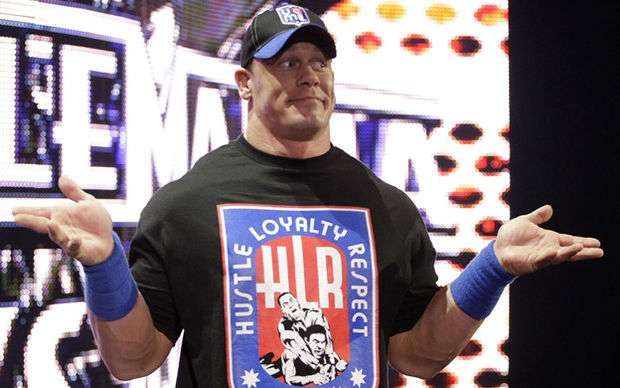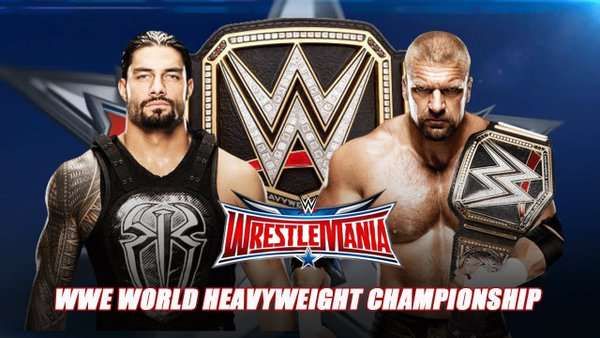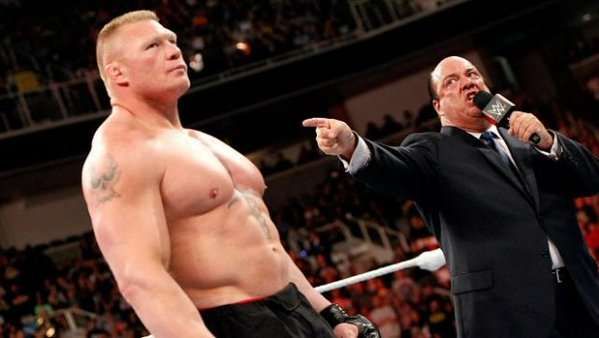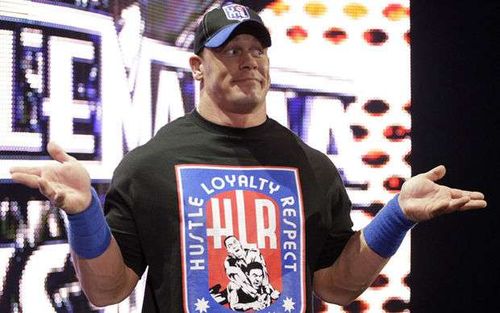
Top Rope Report: Does the WWE understand its own business model?
It’s a question that seems ridiculous but appropriate at the same time: Do the people in charge of the WWE understand the business model they’ve created?
To explain why this question needs to be asked, take a look at the numbers involved. The big four pay-per-views – Royal Rumble, Wrestlemania, Summerslam and Survivor Series – were averaging a total of 2 million buys the last time data was available in 2013, just before the launch of the WWE Network. Another 2 million buys, give or take, went to the other eight or so pay-per-views the company puts on throughout the year for a total of 4 million buys.
Now, figuring for an average price of $60 for a pay-per-view, the expected revenue per buy is about $30 according to estimates online after each cable provider is paid its share. That means the WWE could be making about $120 million on pay-per-views if the buy rate stayed the same between 2013 and now.
The magic million
That number is actually really convenient, because at basically $10 per month for the WWE Network – the primary method for watching WWE pay-per-views these days – replacing that revenue boils down to 12 million monthly subscriptions or 1 million yearly subscriptions. In fact the WWE is encouraging people to subscribe to the network instead of buying on actual pay-per-view.
Obviously, the WWE would be targeting those long-term viewers. So just to replace the revenue they could potentially be making from pay-per-views in 2016, there need to be 1 million network subscribers that already started the service in 2015; otherwise, free months come into play and make the math even more difficult to match. Since the network’s most recent subscriber count was 1.2 million, they don’t have much room to spare.
When you factor in the added expense of producing original content for the WWE Network, who knows how many subscribers the network needs to have to truly be profitable?
Earning a subscriber
To get people to commit long-term to the WWE Network, they need to be invested. With no commitment beyond a month-to-month basis, first-time subscribers need to be convinced in that first free month that the network is worthwhile. Sure, those of us who enjoyed wrestling in the 1990s and early 2000s have all those old shows to rifle through, and there’s other programming to view as well, but the bread and butter has to be the main product.
So the stories told each month have to be compelling enough to draw viewers in and commit to that next month’s fee, or their first payment, in the case of new subscribers.
Further, that would seem to discourage too much involvement of part-time talent because you’d want subscribers to get invested in the characters that will be there next month, when they actually start paying.
Wrong WrestleMania

That brings us to the current situation. There are three matches currently set for WrestleMania 32, supposedly the biggest version ever of a pay-per-view that has always been the sport’s biggest draw as far as viewers and event buys. Those three matches are a World Heavyweight Championship match between Triple H and Roman Reigns, a Hell in a Cell match for control of Raw between Undertaker and Shane McMahon and a Street Fight between Dean Ambrose and Brock Lesnar.
What do all of those matches have in common? Performers who won’t be fighting much, if at all, after WrestleMania. Four of those six Superstars are part-timers, at best, with only Ambrose and Reigns wrestling full-time. So that means that while at least a couple of the others might be on TV the next night on Raw, the likelihood of any of them performing in the ring for at least the next month is very low.
So if I’m one of these new viewers watching WrestleMania, why would I become a full-time subscriber to the WWE Network if everything I’m watching is coming to a close at the end of the show?
The solution

If the WWE is going to continue to rely on WWE Network subscriptions, it needs to start focusing more on the long-term product and the performers involved in the long-term storylines.
The Wyatts and Kevin Owens are the best heel performers on the main roster, and neither of them seem destined for anything truly compelling at WrestleMania, even though Owens is the Intercontinental Champion. That isn’t acceptable if you’re trying to get people invested in the promotion.
Lesnar has been lauded as the WWE’s biggest draw for years, but WWE executives need to change how they think about those big draws. If Lesnar isn’t compelling people to lock in long-term with the network, his value as a pay-per-view attraction is at least a third lower than it once was.
Instead, those top spots on the card need to start going to characters people can get invested in, or the product will always be stuck in the limbo it’s in right now.
